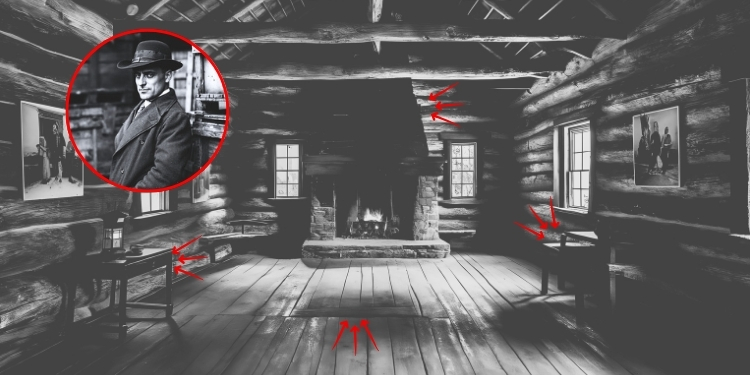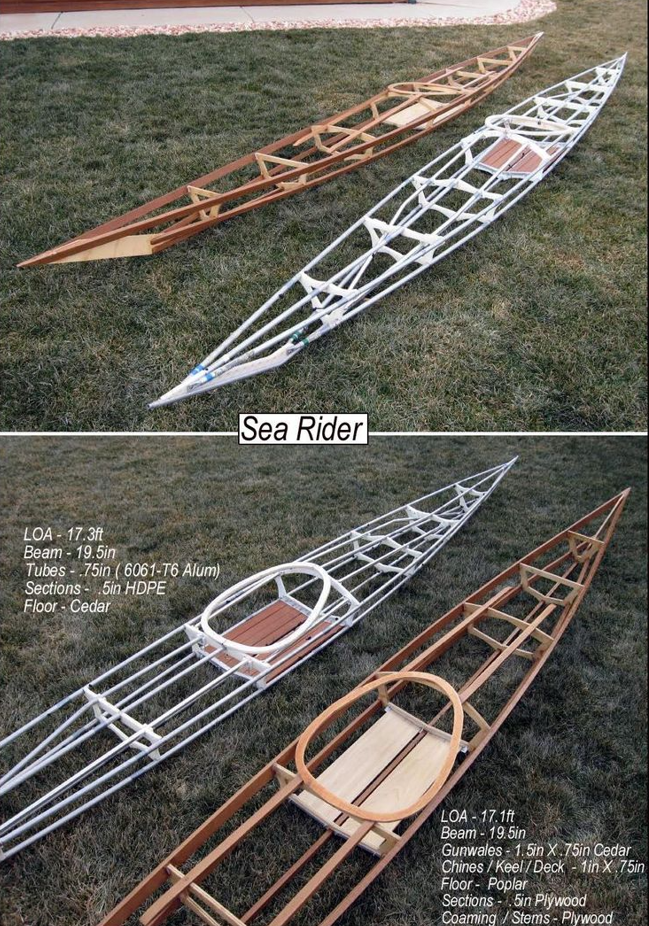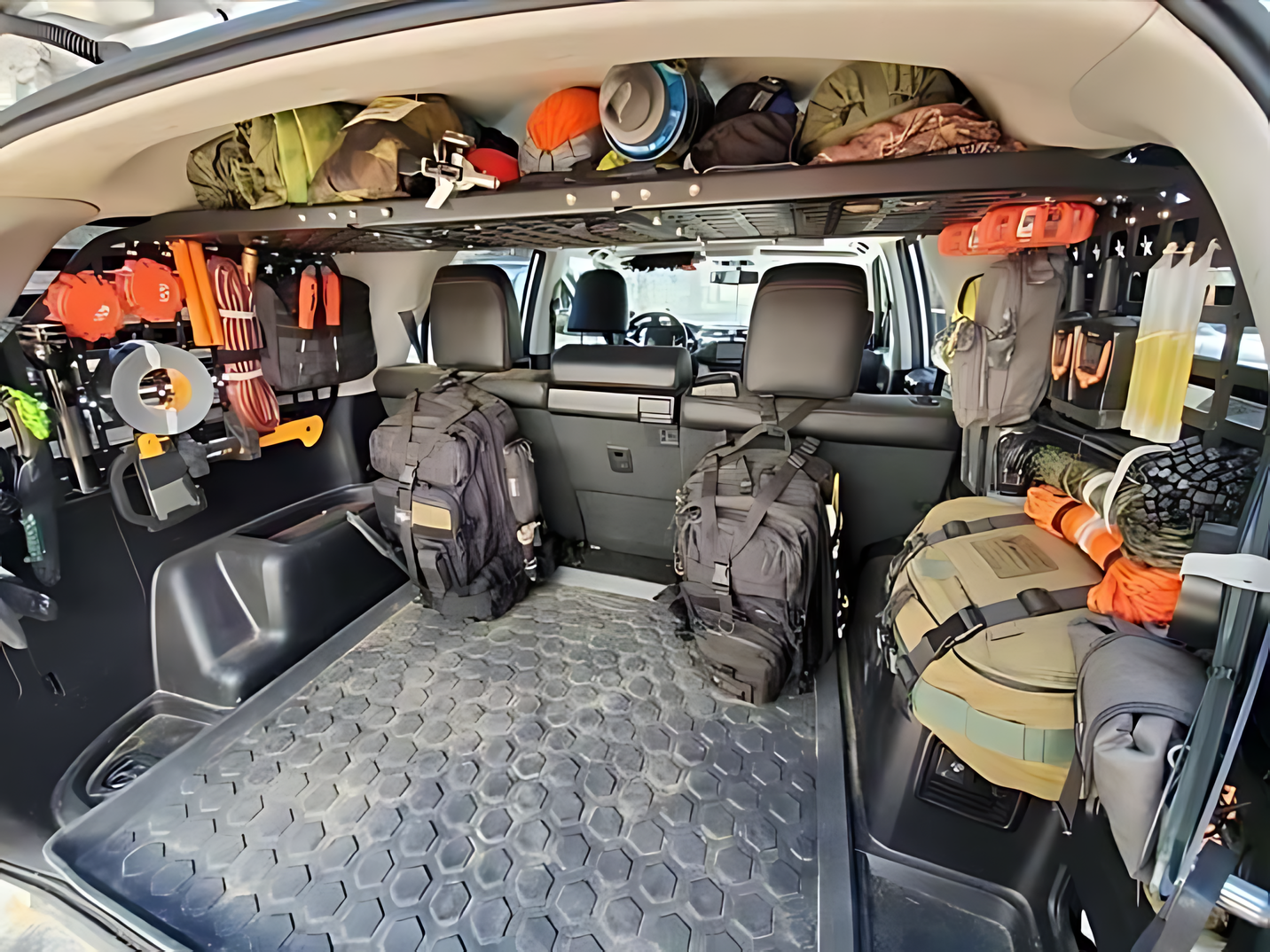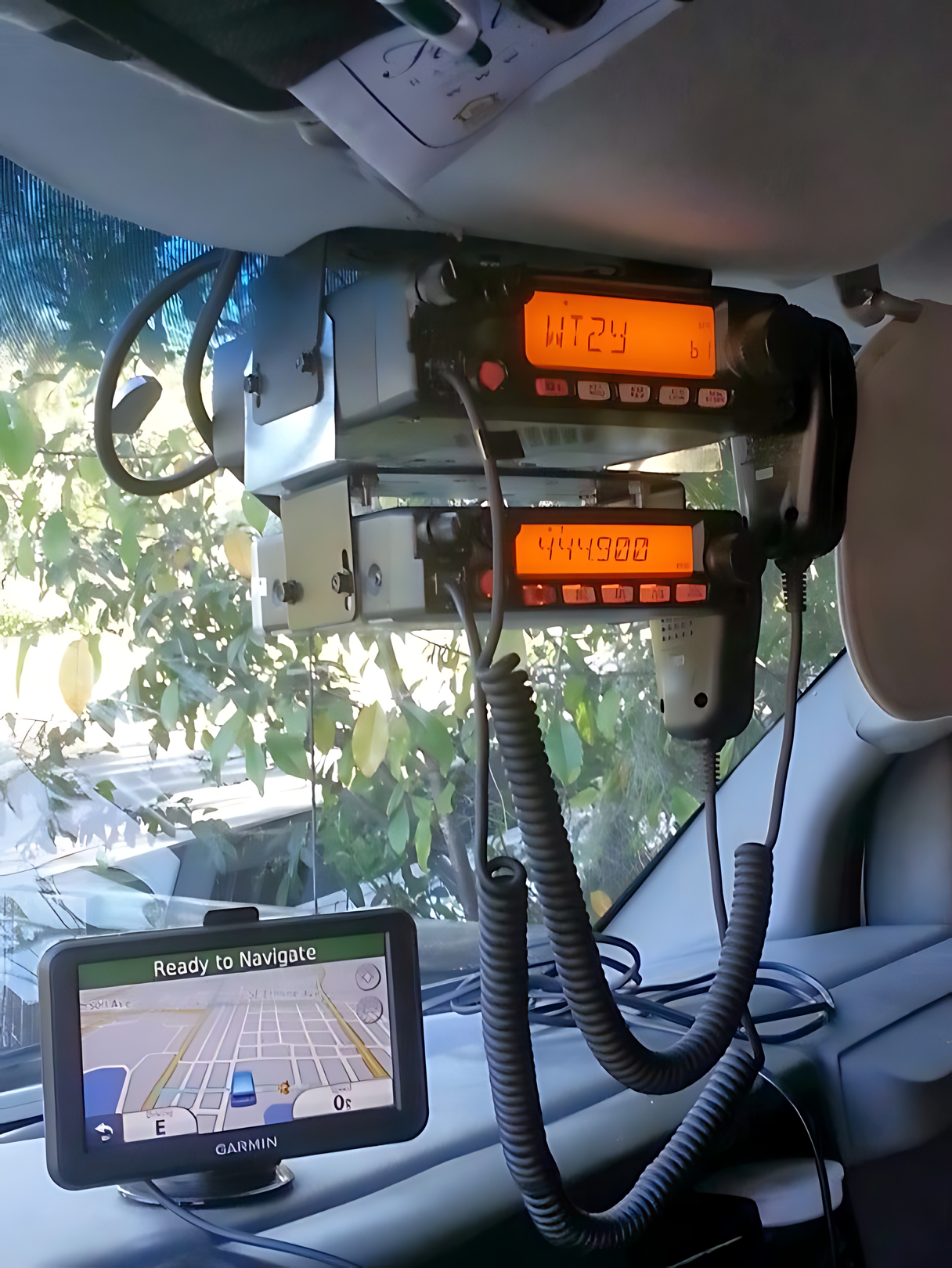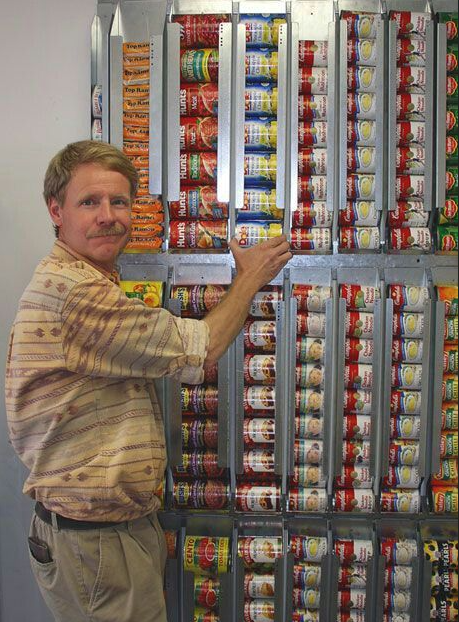When systems break down, history repeats itself. From 1920 to 1933, the U.S. government banned alcohol, sparking a nationwide cat-and-mouse game. Bootleggers, moonshiners, and ordinary people outsmarted the feds without fancy tech, relying on creativity, secrecy, and a deep understanding of human nature.
This history holds powerful lessons for preppers. In a post-collapse scenario, when the power is out and desperation sets in, hiding your food, ammo, medicine, and other supplies won’t just be smart—it might be the only thing keeping you and your family safe.
Lessons from Bootleggers
The smartest bootleggers weren’t gangsters; they were quiet, unassuming people who understood one key thing: government agents and looters alike follow predictable patterns. That predictability was their greatest weakness.
- Don’t Just Hide, Conceal: Bootleggers used hidden tunnels, trapdoor cellars beneath barns, and disguised stills inside fake outhouses. The famous 21 Club speakeasy had a wine cellar hidden behind a secret, brick wall. The lesson? Don’t just hide your stockpile; think like a smuggler. Ask yourself, “Where is the last place anyone would look?” Then go one step further.
- Misdirection is Key: To move their product without getting caught, bootleggers often operated out of legal businesses like soda shops and dry cleaners. They made deliveries in fake milk trucks, funeral hearses, and produce vans. In a crisis, you’ll need to trade discreetly and without drawing attention. Think quiet handshakes and routes with no cameras or nosy neighbors.
- Maintain Operational Security (OPSEC): One careless word could bring the feds to a bootlegger’s door. Similarly, your stockpile should be on a need-to-know basis. Very few people need to know. Vary your routines, change your path to your cache, and cover your tracks. If someone asks about your plans, play dumb or change the subject.
Practical Tips for Hiding Your Stockpile
You can use simple tools and a bit of ingenuity to create modern-day hiding spots inspired by the Prohibition era. These aren’t just Hollywood props; they’re survival tools.
- Hidden Compartments: Build a false-bottom drawer in a dresser, sew a discreet zipper into a couch cushion to hide vacuum-sealed food, or add a hinged plywood back to an old bookshelf to stash barter items.
- Decoy Stashes: Bootleggers would plant a few bottles for the police to find, satisfying their search while the real stash remained hidden. You can do the same. Keep a decoy pantry with old canned goods or an unlocked shed with expired supplies. Bury your real cache in a sealed PVC pipe under your chicken coop or behind a false panel in your garage wall. The goal is to mislead.
- Protect Your Cache: The best hiding place is useless if your supplies are ruined. Rust, mold, and rodents can silently destroy everything. Check your caches every six months for damage and rotate your food. Avoid using canned goods for buried caches; they rust. Instead, use Mylar bags, glass jars, or sealed plastic.
The Power of Self-Reliance
The people of the Prohibition era didn’t just break the law; they outsmarted a broken system with ingenuity and self-reliance. When public systems failed, they turned inward, relying on their own skills and knowledge.
Today, in an age of intensifying drought and an aging infrastructure, our water supply is at risk. Just as people in the 1920s made their own alcohol at home, you can secure your own water supply with a home water generator. This off-grid solution can provide you with clean, safe water, on your own terms.
The men and women who thrived during Prohibition understood that the best stockpile is the one no one finds. Start today: pick a spot, build your first hiding place, and test it. Because when desperate people come looking, the only thing they should find is nothing at all.
